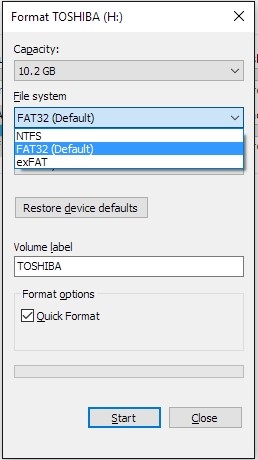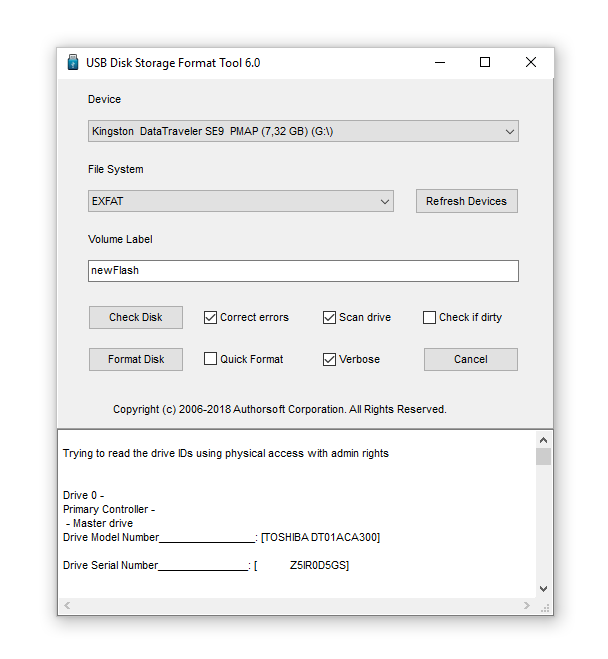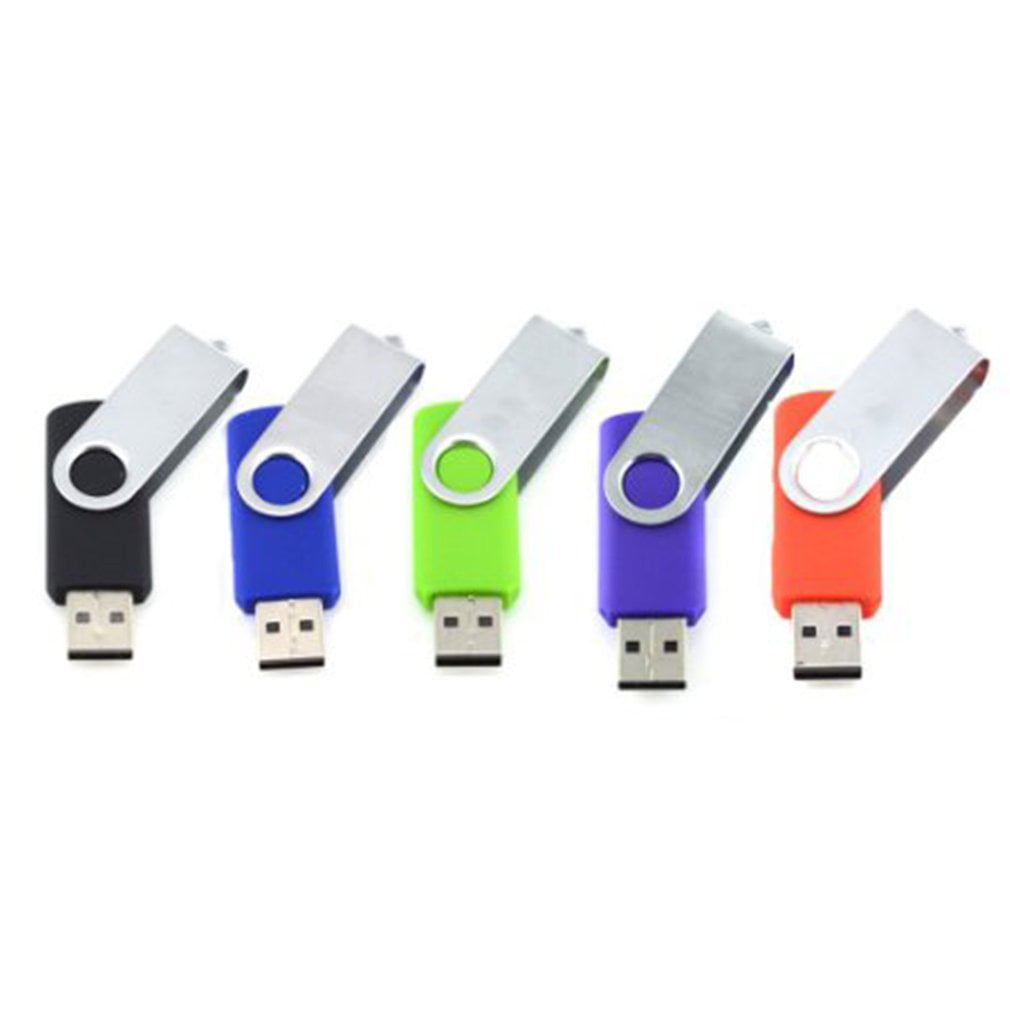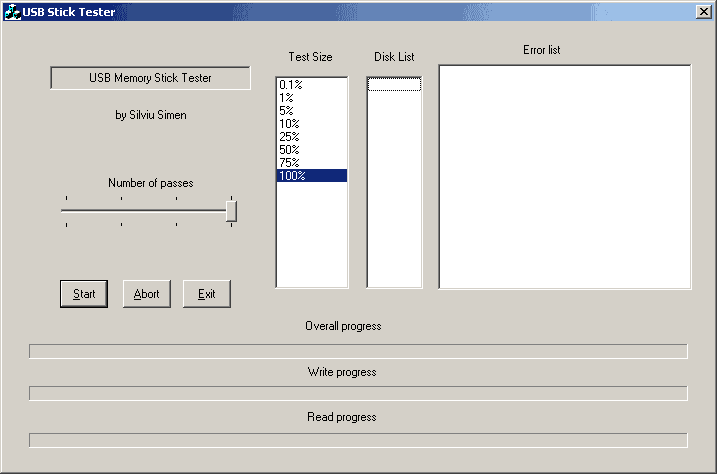

In the new window, enter the Partition label, choose the FAT32/EXT2/EXT3/EXT4 file system, and set the cluster size according to your needs, then click "OK". Launch EaseUS Partition Master, right-click the partition you intend to format and choose "Format". The first option is to use the EaseUS Partition Master software, and the second is to use Windows built-in tool. For example, if you want to convert the exFAT to FAT32, there are two ways of doing this. It is possible to convert one format into another. If you need to copy files between platforms, it is better to use it.

Which format should you use? It will depend on the purpose.

No limit on file size, and partition size.įAT32 is an older type of file system introduced in Windows 95.ĮxFAT replaces FAT32, and supports cross-platform scenarios. Maximum file size 4 GB and partition size 8 TB. Comparison between exFAT and FAT32: ExFAT exFAT works across platforms, offering better speed and supporting large-size formats. It is clear that exFAT is better than FAT32, but when it comes to using it depends on your use case.

The most significant advantage of using exFAT is that there are practically no limitations on partition size, whereas FAT32 supports files up to 4GB and partition size is 8TB at the max. So no, exFAT is not the same as FAT32 and was introduced as a replacement for FAT32. The exFAT (Extensible File Allocation Table)) is more advanced and superior to FAT32 (File Allocation Table 32), supported by more devices and OS, and it's the best solution for removable devices and flash drives. Then comes the exFat, and there is a considerable difference between them. There are many file formats used in Windows, and FAT32 emerged as a popular format in the long run but has its limitation regarding the size of files. Step 1: Press the Start menu, and type CMD to bring up the Command Prompt. Method 1: Using EaseUS Partition Master Method 2: Using Windows Tool on CMD.


 0 kommentar(er)
0 kommentar(er)
